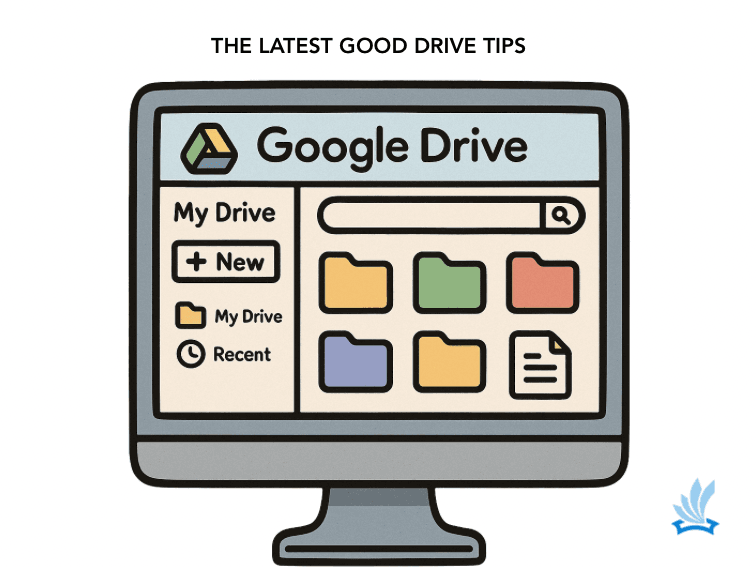Education technology refers to the purposeful use of digital tools, platforms, and data practices to improve teaching, learning, and school operations.
At a glance: Edtech is not the device or app alone, it is how tools are selected, integrated, and evaluated to meet learning goals, support equity, and protect privacy.
Definition
Education technology is the design and application of digital tools and processes to support curriculum, instruction, assessment, and school operations in ways that are aligned with learning goals and ethical constraints. Effective use is intentional, standards-aligned, and evaluated for impact, not driven by novelty.
Why It Matters
- Access and inclusion: Well chosen tools can widen access to content, language supports, and assistive features.
- Feedback and assessment: Digital workflows can shorten feedback cycles and make progress visible to students and teachers.
- Collaboration and creation: Platforms enable learners to research, create media, and collaborate beyond the classroom.
- Efficiency and data use: Scheduling, communication, and analytics can reduce friction and inform decisions when used responsibly.
Core Affordances
- Multimodality: Text, audio, video, and interactivity can match task demands and learner needs.
- Adaptivity: Some systems adjust task difficulty or pathways based on performance data.
- Connectivity: Networks connect learners to peers, experts, and authentic audiences.
Real Limits and Risks
- Learning impact varies: Tools help when they serve clear objectives, sound pedagogy, and teacher expertise.
- Privacy and security: Student data requires strict governance, minimal collection, and transparent practices.
- Equity gaps: Devices, bandwidth, and home supports are uneven, so plans must include offline or low-bandwidth alternatives.
- Misinformation and quality control: Open platforms and generative tools can surface inaccurate content, so media literacy and verification routines are essential.
Examples and Use Cases
- Content and practice: Interactive texts, simulations, spaced practice, and retrieval routines.
- Creation: Student podcasts, short explanatory videos, data visualizations, and portfolios.
- Collaboration: Shared documents, discussion tools, and peer review protocols.
- Assessment: Exit tickets, auto-scored quizzes, rubric-aligned feedback, and performance tasks captured as artifacts.
- Instructional planning: Curriculum mapping, standards alignment, and evidence curation.
How It Aligns With Curriculum and Instruction
Technology should follow learning goals. Begin with the outcome, identify evidence of understanding, then choose the simplest tool that makes the task clearer, more authentic, or more efficient.
Implementation Principles
- Start with purpose: Define what students will know and be able to do, then pick tools that support that target.
- Plan for equity: Provide device access, offline options, translation, and assistive features.
- Protect data: Use approved platforms, limit personal information, and explain how data is used and stored.
- Build teacher capacity: Pair tools with routines for modeling, practice, and feedback.
- Evaluate impact: Use short cycles to check if a tool improves clarity, engagement, or achievement, then keep, revise, or remove.
Related Reading and Guides
Explore practical examples, classroom strategies, and policy guidance here:
Key Terms
- Learning management system: A platform for distributing materials, collecting work, grading, and communication.
- Assistive technology: Tools that support access for learners with disabilities or specific needs.
- Formative assessment: Low-stakes checks for understanding that inform next steps.
- Media literacy: The ability to access, evaluate, and create information across media forms.
References
- OECD. (2015). Students, Computers and Learning: Making the Connection.
- U.S. Department of Education, Office of Educational Technology. (2017). Reimagining the Role of Technology in Education.
- UNESCO. (2023). Global Education Monitoring Report: Technology in Education.
- Tamim, R., Bernard, R., Borokhovski, E., Abrami, P., & Schmid, R. (2011). What forty years of research says about the impact of technology on learning. Review of Educational Research, 81(1), 4–28.
- Mayer, R. (2021). Multimedia Learning (3rd ed.). Cambridge University Press.
TeachThought Staff 2025-09-23 05:11:08
Source link

